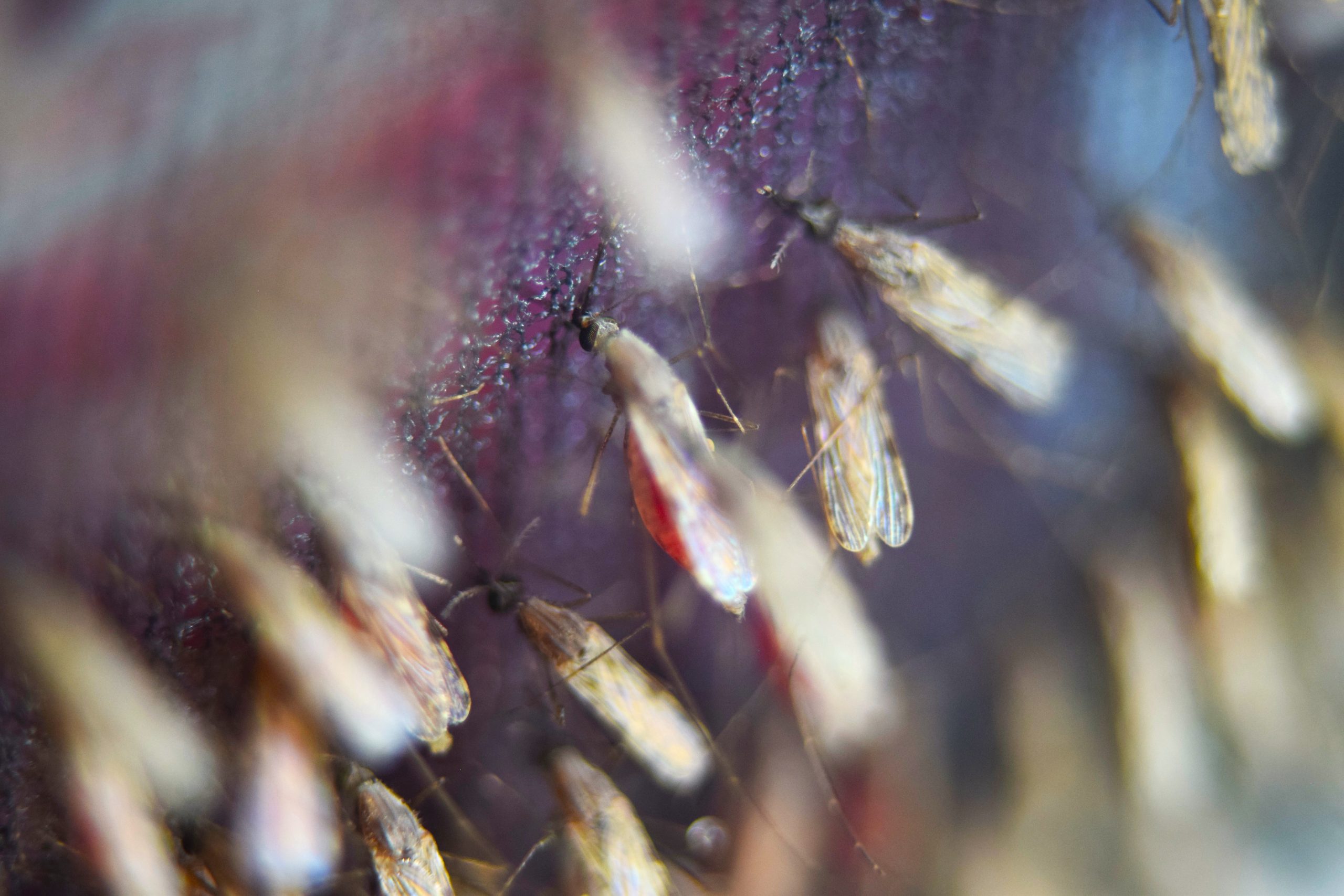Outdoor biting control
Addressing outdoor malaria transmission
While ITNs and IRS have significantly reduced malaria cases, they primarily target mosquitoes that bite indoors. However, many malaria vectors also bite and rest outdoors, sustaining transmission despite widespread interventions. To close this gap, IVCC is advancing research into new vector control approaches that complement existing tools and tackle outdoor transmission effectively.

Advancing new solutions
Alternative insecticide delivery systems, such as Attractive Targeted Sugar Baits (ATSBs), have been the focus of development for some time. And while ATSBs have undergone large-scale trials, further evaluation is needed to understand their limitations.
In parallel, we are advancing outdoor vector control strategies through the Indo-Pacific Initiative (IPI), funded by the Australian Government. Project BITE tested a combination of spatial and topical repellents, insecticide-treated clothing, and forest packs for populations at risk of malaria in the Greater Mekong Subregion. Field trials in Thailand showed a 95% reduction in mosquito landings in temporary shelters over 49 nights, demonstrating the potential for these tools to extend protection beyond direct users. The project also generated critical evidence on tool effectiveness, acceptability, and coverage, informing future intervention strategies.
Moving forward, IVCC has launched a Call for Proposals to explore additional outdoor-targeted innovations. The most promising solutions will be supported through early-stage development phases.

